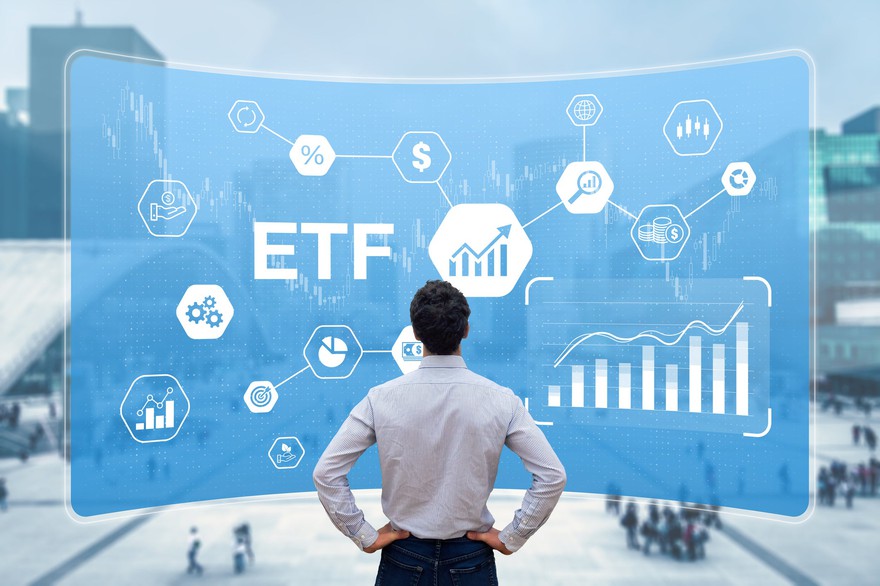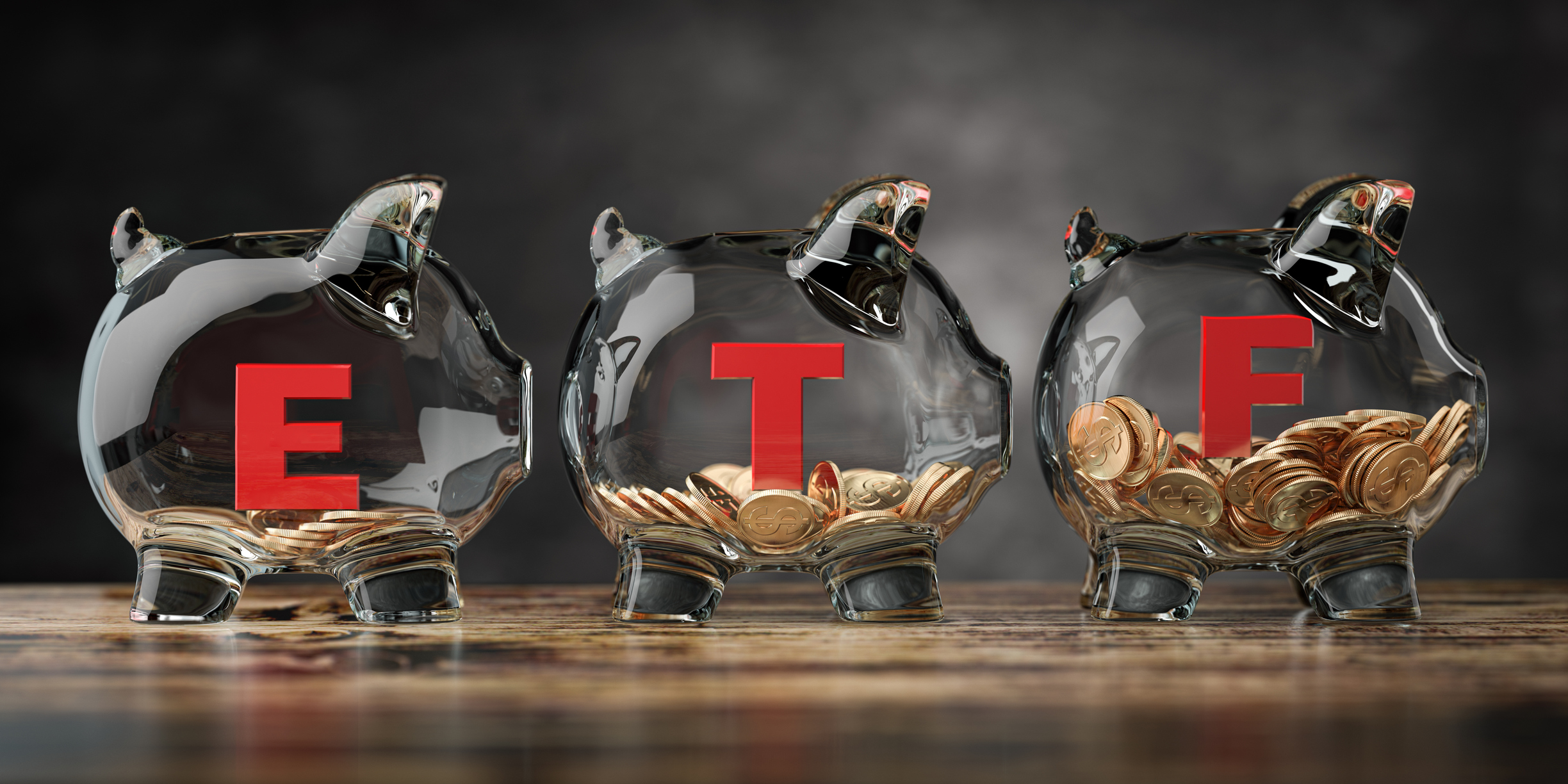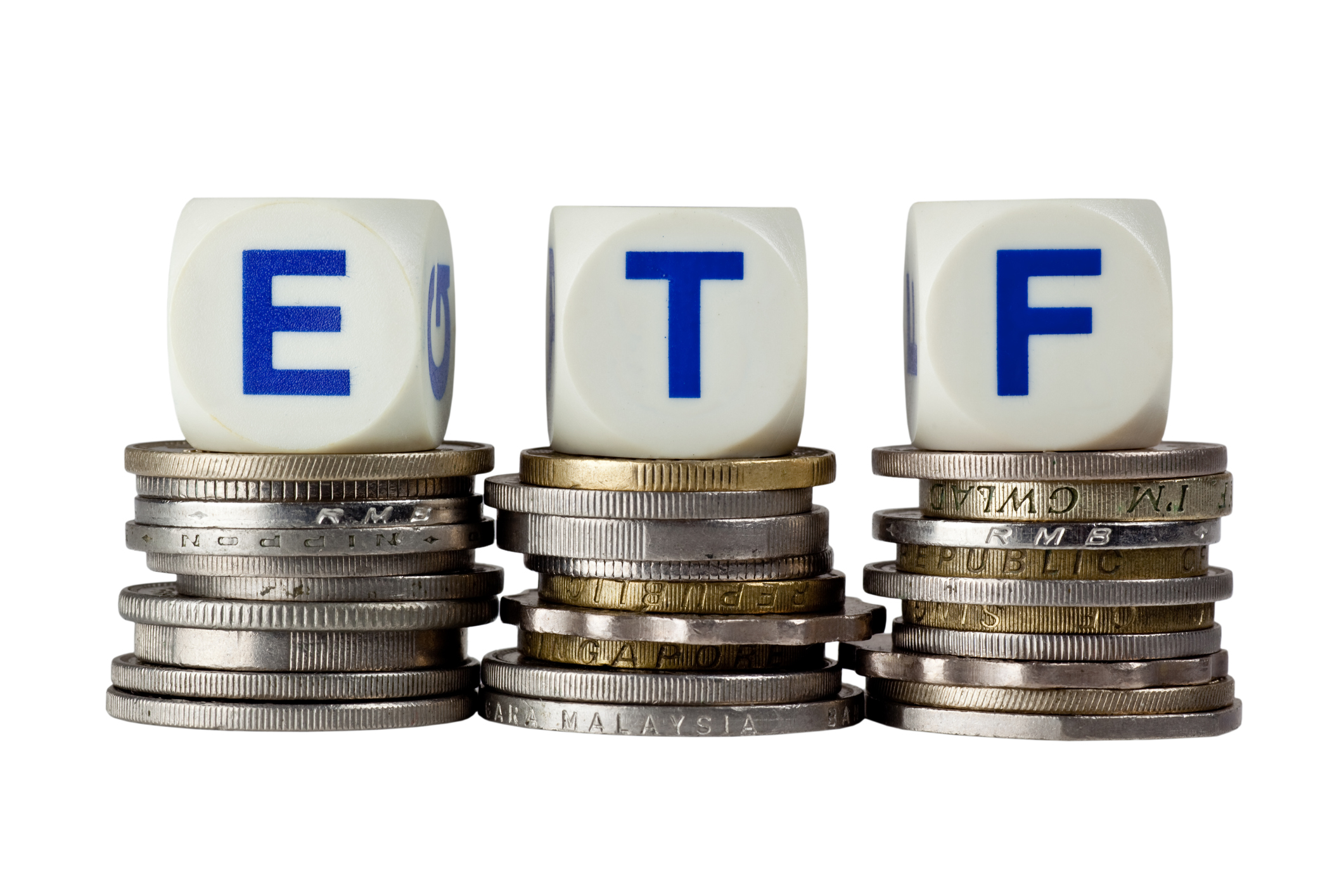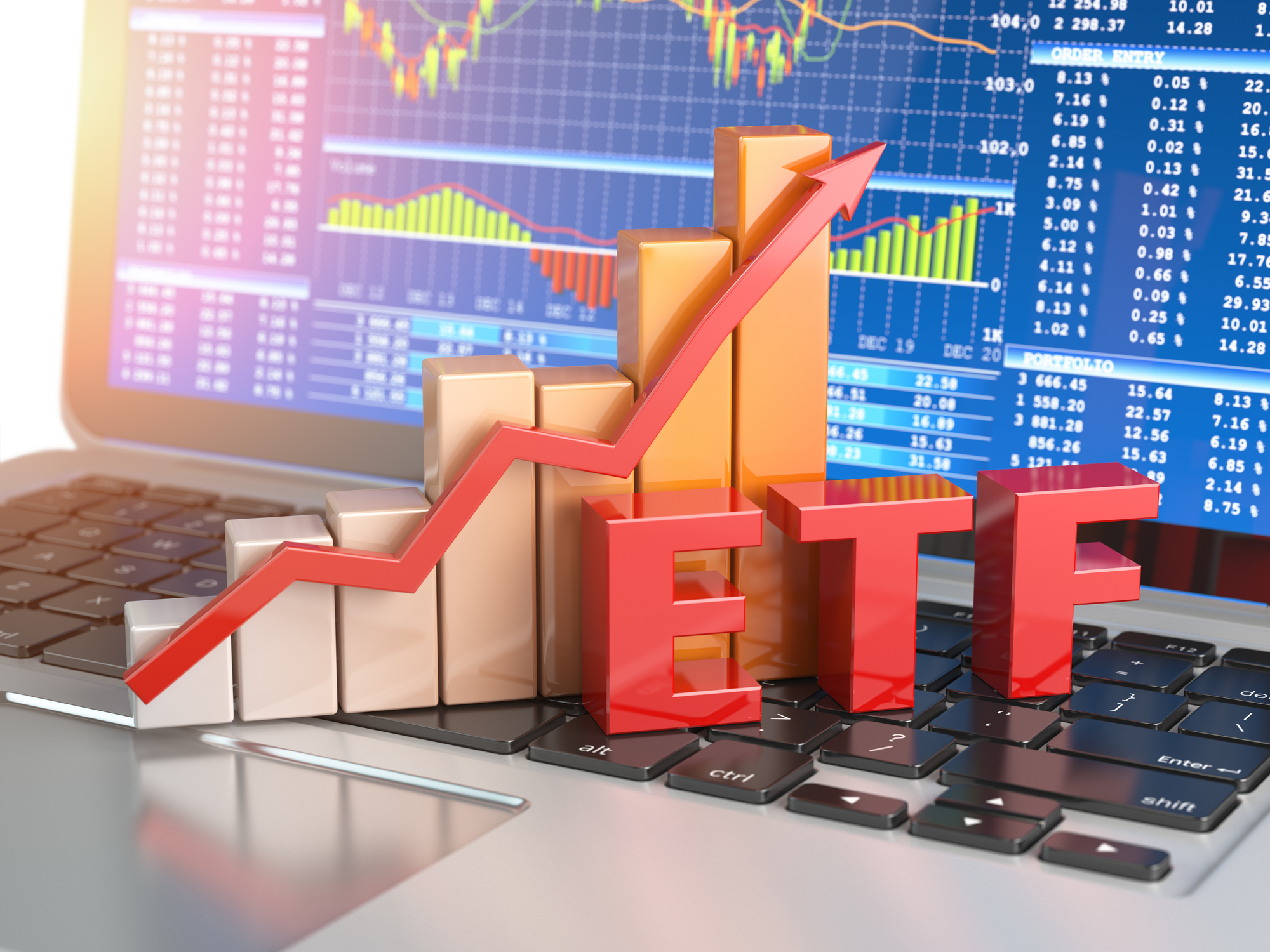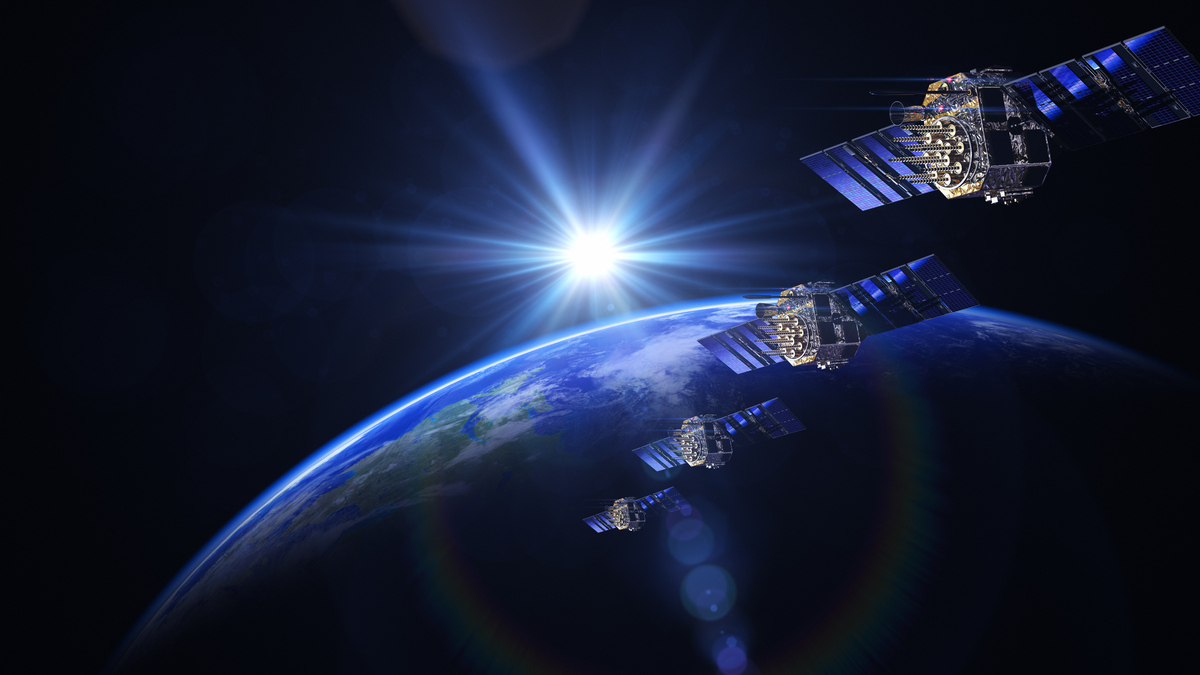Short-term bond exchange-traded funds (ETFs) are a practical option for conservative investors looking to strike a balance between safety and income.
These funds typically invest in bonds maturing in one to three years, making them less volatile than traditional bond funds and more rewarding than money market funds -- at least when the yield curve isn't inverted.
For those seeking a low-risk place to park cash, earn modest returns, and keep access to liquidity, short-term bond ETFs can play a valuable role as a portfolio stabilizer without the complexity or cost of owning individual bonds.

Best short-term bond ETFs in 2025
In this article, we're covering five of the best short-term bond ETFs for 2025, focusing on the ones that are large, cheap, diversified, and easy to trade. We'll also walk through how each fund builds its portfolio, the types of bonds it holds, and a few key nuances to be aware of before investing.
1. Vanguard Short-Term Bond ETF (BSV)

NYSEMKT: BSV
Key Data Points
The main selling points for the Vanguard Short-Term Bond ETF (BSV +0.05%) are its low fees and broad diversification. It charges a rock-bottom 0.03% expense ratio and holds more than 2,900 bonds, making it one of the most diversified short-term bond ETFs on the market.
This ETF tracks the Bloomberg U.S. 1–5 Year Government/Credit Float Adjusted Index, meaning it owns a mix of U.S. Treasuries and investment-grade corporate bonds rated BBB or higher. That gives investors a balanced blend of safety and yield.
Its average portfolio duration of 2.6 years helps limit price swings when interest rates move. As of November 2025, investors could expect a 3.74% 30-day SEC yield.
2. Schwab Short-Term U.S. Treasury ETF (SCHO)

NYSEMKT: SCHO
Key Data Points
Risk-averse investors may prefer a short-term bond ETF like the Schwab Short-Term U.S. Treasury ETF (SCHO +0.04%) over broader options like the Vanguard Short-Term Bond ETF.
That’s because this ETF sticks strictly to U.S. Treasury securities, which carry virtually no credit risk. Treasuries are backed by the full faith and credit of the U.S. government, making them about as safe as fixed income gets, short of a government default.
This ETF tracks the Bloomberg U.S. Treasury 1-3 Year Index, resulting in an average portfolio duration of 1.9 years. That translates to less price sensitivity when interest rates move.
The 30-day SEC yield is currently 3.55%, which is a bit lower than that of the Vanguard ETF, but that's to be expected, given its lower risk and the absence of corporate bonds in the portfolio.
3. First Trust Limited Duration Investment Grade Corporate ETF (FSIG)

NYSEMKT: FSIG
Key Data Points
4. SPDR Bloomberg Short-Term High-Yield Bond ETF (SJNK)

NYSEMKT: SJNK
Key Data Points
Moving below the BBB rating threshold takes investors out of the investment-grade world and into high-yield territory, also known as junk bonds.
These bonds come with a much greater risk of default, meaning the issuing companies are more likely to miss interest or principal payments. To make up for that added risk, they offer higher yields. However, you can offset some of this risk with diversification.
The SPDR Bloomberg Short-Term High-Yield Bond ETF (SJNK +0.16%) does that effectively by tracking the Bloomberg US High Yield 350mn Cash Pay 0-5 Yr 2% Capped Index, which includes more than 1,100 different issues.
As a short-term bond ETF, it maintains a low 1.92-year duration, so it's not very sensitive to interest rate changes. But in return, investors currently earn a significantly higher 6.53% 30-day SEC yield.
That said, it’s not a free lunch. During periods of economic stress or tightening credit conditions, this ETF’s share price can decline meaningfully, so buyer beware.
5. iShares Short-Term National Muni Bond ETF (SUB)

NYSEMKT: SUB
Key Data Points
Bond taxation can vary widely. Treasury bond income is exempt from state taxes. Corporate bond interest, on the other hand, gets taxed at both the federal and state levels.
If you're looking to avoid federal taxes altogether while still keeping your interest rate sensitivity low, consider a short-term municipal bond ETF like the iShares Short-Term National Muni Bond ETF (SUB +0.09%)
This ETF tracks the ICE Short Maturity AMT-Free US National Municipal Index, which includes more than 2,500 issues.
These bonds are exempt from federal income tax and the alternative minimum tax (AMT), a parallel tax system designed to ensure high-income earners pay a minimum amount of tax even after deductions.
This iShares ETF is affordable, charging just a 0.07% expense ratio. And as expected for a short-term bond ETF, its interest rate sensitivity is low, with a 1.87-year average duration.
Though the fund's 2.54% 30-day SEC yield might not look impressive at first glance, it’s more useful to look at the tax-equivalent yield, which adjusts for the value of municipal bond tax exemptions. iShares currently estimates a 4.29% tax-equivalent yield for the fund.
Their methodology assumes the investor is in the top federal income tax rate, which is standard for national municipal bond ETFs, although your personal yield will vary depending on your own tax situation and state of residence.
Related investing topics
Pros and cons of investing in short-term bond ETFs
Pros
- Lower downside risk during periods of rising interest rates compared to intermediate or long-term bond ETFs
- Highly liquid, making it easier to buy and sell than individual short-term bonds.
- When short-term rates are elevated, these ETFs can offer attractive yields relative to their risk.
Cons
- Total after-tax returns can fail to keep pace with inflation over the long term, eroding purchasing power.
- Limited potential for price appreciation if interest rates are cut, unlike longer-term bonds.
- Most short-term bond ETFs can’t be held to maturity, so investors don’t have the guaranteed principal repayment of an individual bond.
Should I invest in short-term bond ETFs?
As always, deciding whether to invest in any ETF starts with identifying goals that your current holdings may not meet. If your aim is to minimize interest rate sensitivity and hold a relatively safe investment that’s insulated from stock market volatility while still earning modest income, a short-term bond ETF could be a good fit.
From there, it’s about choosing the right type.
- If safety is your top priority, stick with Treasury ETFs.
- If you're a high earner investing in a taxable account, a municipal short-term bond ETF may be more appropriate.
- If you're focused on maximizing monthly income and are comfortable with more credit risk, a short-term, high-yield bond ETF could suit your needs.
- If you want broad, balanced exposure to both government and corporate bonds, consider an aggregate short-term bond ETF.
Regardless of which option you choose, the key to making short-term bond ETFs work in your portfolio is keeping fees low and, where possible, holding them in a tax-sheltered account.
